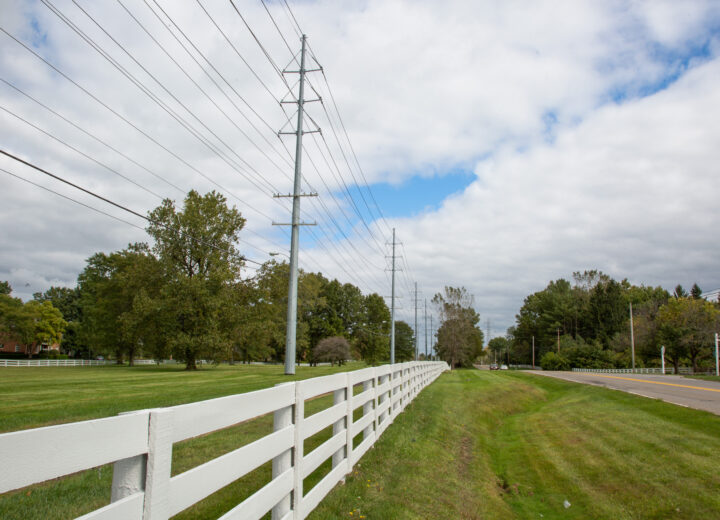Did you know that trees are one of the top causes of power outages? That’s why our foresters work year-round to manage vegetation to prevent contact with power lines and equipment. A single tree branch on a distribution power line can disrupt power for thousands of customers, while tree contact on a higher-voltage transmission line can cause widespread, extended outages across multiple states and regions.
In the past year, important changes were made to the federal reliability standards governing electric transmission lines. At AEP Ohio, we are required to follow these standards to ensure that we provide safe and reliable power to the communities we serve.
The Role of Regulatory Authorities
The North American Electric Reliability Corporation (NERC) is the primary regulatory authority for electric utilities. NERC develops and enforces reliability standards designed to prevent large-scale power outages. Failure to comply with these standards can put the reliability of the electric grid at risk and result in significant penalties for utilities.
Transmission Vegetation Management Standards
NERC includes reliability standards focused on transmission vegetation management. These standards limit vegetation growth in and around utility rights-of-way, specifying minimum clearance distances between transmission lines and nearby vegetation. Utilities must inspect, document and manage vegetation in their rights-of-way to meet these standards.
Recent Updates to the Standards
Previously, NERC’s vegetation management guidelines applied only to transmission lines operating at 200-kilovolts (kV) and above — extra-high voltage lines spanning across states, connecting power plants to substations.
However, in 2024, NERC updated its standards to include high-voltage transmission lines operating below 200-kV that regional planners have identified as potential risks to grid reliability due to vegetation contact. These lines, smaller than extra-high voltage lines, span from city to city.
Effective vegetation management is essential for minimizing the risk of power outages and ensuring safe, reliable service for our customers. We are committed to complying with these updated standards, protecting our infrastructure and respecting the natural environment.
For more information about our forestry practices, please visit AEPTransmission.com/Forestry.



I want to be notified by a person prior to any activity being done on my property!